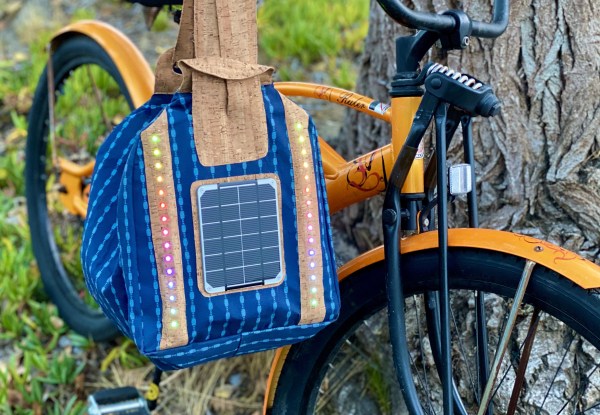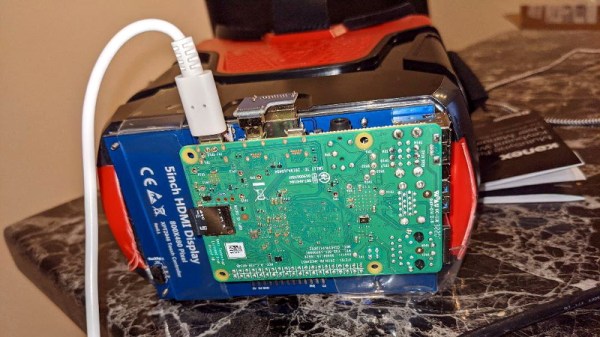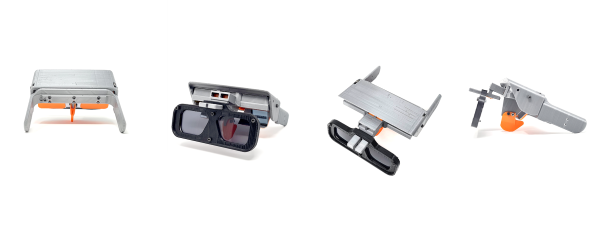Spend enough time riding a bike, and chances are good that you’ll start carrying a few tools with you. Even if you don’t, you’re probably going to use a bag to carry something along, so why not make that bag do triple duty? This convertible backpack/tote bag can charge your phone and provide safety lighting for nighttime rides. The design lends itself nicely to turn signals, too.
This bag was designed to show off the capabilities of Loomia, a line of prototyping parts made with e-textiles and other flexible applications in mind. It can be sewn, fused, or adhered to various substrates including fabric and wood. [AmpedAtelier] is using a Beetle microcontroller to control RGB LED strips using an illuminated Loomia soft switch on the strap. The switch is wired to the microcontroller through Loomia busses running through the strap.
Although Loomia’s site has a deep dive into the capabilities of their technology, it isn’t exactly open source. If that’s what you’re after, take a look at PolySense, which uses piezoresistive dye to create textile sensors.



















